Hazardous location lighting
A hazardous location certified work light is specifically designed—and approved—for use in environments defined as hazardous due to the presence of flammable gases or vapors, flammable liquids, combustible dusts, or ignitable fibers or flyings. It is created to address and overcome the inherent challenges of these hazardous environments. Delivering outstanding illumination wherever and whenever it is needed, portable work lights find use in a wide range of indoor and outdoor hazardous classified areas. They are employed for inspection, maintenance and repair operations in petroleum refineries, gasoline storage and dispensing areas, petrochemical processing plants, coal mines, dry cleaning plants, aircraft hangars, shipyards and shipbuilding plants, marine vessels, on-shore and off-shore rigs, fuel serving areas, utility gas plants, garages and storage facilities, sewage treatment plants, pulp and paper mills, solvent extraction plants, grain handling facilities, flour and feed mills, textile mills, cotton gins, cotton seed mills, etc.
Construction and engineering
Portable work lights are a versatile family of products that take various forms and perform various functions. Handheld flood and spot lights feature exceptional portability and can adapt to tight spaces. Floor-standing flood lights provide hands-free lighting in even the most confined spaces and often have the ability to project light in a variety of convenient angles with an adjustable light head. Tripod-mounted work lights provide fully adjustable area, site and task lighting. High wattage lights can be deployed in these systems to deliver a substantial volume of lumens for visually demanding jobs. Portable work lights can be divided into those running on AC line power and those operating on batteries.
Regardless of the power source, a constant current LED driver is required to regulate the incoming power and provide a voltage and current compatible with the LED load. The LED driver may incorporate control functions such as step or continuous dimming to provide a variable light output.
LED package selection defines many performance variables and design disciplines. Chip-on-board (COB) LEDs are vastly adopted in floodlighting applications due to their excellent beam uniformity and high flux density. High power LEDs which deliver unmatched lumen density and allow tight beam control are a usual choice of light source for directional lighting applications. Mid-power LEDs which have high initial efficacies and cost advantages are typically used to make economic sense.
All LEDs must be interfaced to a robust thermal path in order to maintain the critical junction temperatures at all times and in all operating conditions. Tight thermal management is critical to the performance and longevity of the LEDs and is deadly important in controlling the external operating temperature to a point that it will not ignite the surrounding hazardous gas or vapor. Portable work lights developed for hazardous locations typically feature a rugged housing, durable construction, impact-resistant optical lens, and often a high level of ingress protection.
Hazardous location classification systems
The use of lighting equipment in hazardous environments may present an increased risk of a fire or explosion due to the fact that these electrical devices can produce arcs, sparks or heat in normal operation. When portable work lights are used in areas where a potential hazard may exist under normal or abnormal conditions, these devices should be designed to be free from carrying the likelihood of becoming a potential ignition source. The level of safety protection applied to electrical equipment depends on the type of flammable, combustible or explosive substance present in the environment and the likelihood that a flammable, combustible or explosive concentration is present.
Hazardous locations are classified according to standards, regulations and directives developed based on these factors. Internationally, electrical devices are developed, tested and certified in accordance with the IECEx system established by the International Electrotechnical Commission (IEC). Explosion protection is regulated in the European Union in compliance with the Atex Directive developed by the European Committee for Electrotechnical Standardization (CENELEC). The hazardous area and equipment standards carried out by CENELEC are technically identical to the IEC equivalent. In North America, the most widely utilized hazardous location classification system is defined by National Electrical Code (NEC, effective in the United States) and Canadian Electrical Code (CEC) in which the standards are coordinated with those of the NFPA Publication 70.
IECEx/ATEX
The IECEx/ATEX classification system divides the level of hazard probability associated with the presence of flammable gases or combustible dust into three zones. Zone 0 applies to locations in which flammable gases or vapors in quantities sufficient to ignite or explode are present continuously or for long periods of time. Zone 1 applies to locations in which flammable gases or vapors in quantities sufficient to ignite or explode are likely to occur in normal operation or can be expected to be present frequently. Zone 2 applies to locations in which flammable gases or vapors in quantities sufficient to ignite or explode are present only during abnormal conditions for a short period of time. Zone 20 locations are those in which combustible dusts or ignitable fibers and flyings in quantities sufficient to produce ignitable mixtures are present continuously or for long periods of time. Zone 21 locations are those in which combustible dusts or ignitable fibers and flyings in quantities sufficient to produce ignitable mixtures are likely to exist during normal operations. Zone 22 locations are those in which combustible dusts or ignitable fibers and flyings in quantities sufficient to produce ignitable mixtures are not likely to exist or may occur infrequently and persist for only short periods of time.
The gas group (industrial gases capable of being ignited) is split up into 3 sub-groups based on electrostatic discharge and the minimum ignition energy: IIA (acetaldehyde, acetone, acrylonitrile, alcohol, ammonia, benzine, benzol, butane, ethylene dichloride, gasoline, hexane), IIB (cyclopropane, diethyl ether, ethylene, ethylene oxide, hydrogen sulfide) and IIC (acetylene, butadiene, propylene oxide, carbon disulphide, hydrogen). IIC gases are the most dangerous and IIA gases are the least dangerous. Combustible dust is also divided according to type and conductivity into 3 sub-groups: IIIA (combustible flyings), IIIB (non-conductive combustible dust, specific electrical resistance > 10³ ohmmeters), IIIC (conductive combustible dust, specific electrical resistance < 10³ ohmmeters).
NEC/CEC
The NEC/CEC classification system breaks hazardous locations into three classes based on the explosive characteristics of the materials. Class I locations are made hazardous due to the presence of flammable gases, flammable liquid-produced vapors or combustible liquid-produced vapors. Class II locations are those that are hazardous due to the presence of combustible or electrically conductive dusts in quantities sufficient to pose a fire or explosion hazard. Class III locations are those made hazardous due to the presence of easily ignitable fibers or flyings.
Each of the three classes is subdivided into two divisions based on the likelihood that the hazard will be present. Division 1 applies to locations where ignitable concentrations of hazards exists under normal operation conditions, under frequent repair or maintenance operations, or due to frequent equipment failure. Division 2 applies to locations that are not normally hazardous and the hazard is present only under abnormal, unusual, or accidental conditions.
Flammable gases or vapors that made Class I locations hazardous due to their presence are further divided into Groups A (acetylene), B (hydrogen and other gases with similar characteristics), C (ethyl ether vapors, ethylene of cyclopropane) or D (propane, butane, gasoline) based upon their ignition temperatures, explosion pressure, and other flammable characteristics.
The division into three groups in Class II locations—E (electrically conductive dust), F (carbonaceous dust) and G (agricultural and polymer dust)—is based on the ignition temperature, electrical conductivity, and the thermal blanketing effect of the dust.
Types of hazardous location certified work lights
Electrical equipment for use in hazardous locations must be designed and constructed to ensure it does not under any circumstances cause the ignition of an explosive gas or vapor that may surround it or the ignition of a layer of dust or fibers on the equipment. The equipment must be tested, certified and distinctively marked in compliance with the standards specified for the classified area in which it can be used. There are a number of ways of protecting electrical equipment so that it operates safely in hazardous environments. Hazardous location certified work lights generally fall into two types: explosion-proof lights and intrinsically safe lights.
Explosion-proof lights
An explosion-proof LED work light has an enclosure with a high mechanical strength such as to contain the overpressure caused by the explosion. The enclosure also includes what is known as a flame path designed for the escape of burning gas (flame) resulting from an internal explosion. The escaping gas is cooled by the flame path to an extent that it will not be hot enough to cause ignition by the time it reaches the outside hazardous atmosphere.
LEDs generate a large amount of thermal energy that is directly dissipated from the enclosure (heat sink) through thermal convection. The external surfaces of the heat sink therefore must not be hot enough to ignite the surrounding atmosphere. Thermal designed for LED work lights must prioritize the control of the equipment surface temperature to ensure it falls within the temperature class that applies to the explosive atmosphere of a classified area.
Typically, explosion-proof LED work lights are line-powered high wattage systems that are tasked to produce a lumen package that an intrinsically safe LED work light can afford to. Explosion containment, however, is very much a mechanical engineering design which can be costly to implement. Intrinsically safe systems are gaining popularity because of their cost and safety advantages.
Intrinsically safe lights
An intrinsically safe LED work light is made safe for a hazardous environment by limiting the energy available for ignition under any circumstances. While the safety is achieved at the cost of limited power for running the work light, the use of low power, high efficacy LEDs has virtually diminished this disadvantage as an LED system, at minimal power consumption, can produce a lumen package that is sufficiently powerful to illuminate most tasks.
Intrinsically safe LED work lights are typically battery-powered and operate at a very low drive current (less than 300 mA). Tight control of the energy going to the LED driving circuit makes it impossible for the work light to generate electrical or thermal energy capable of causing ignition of a hazardous atmosphere or combustible material, even when in an overload or abnormal condition.

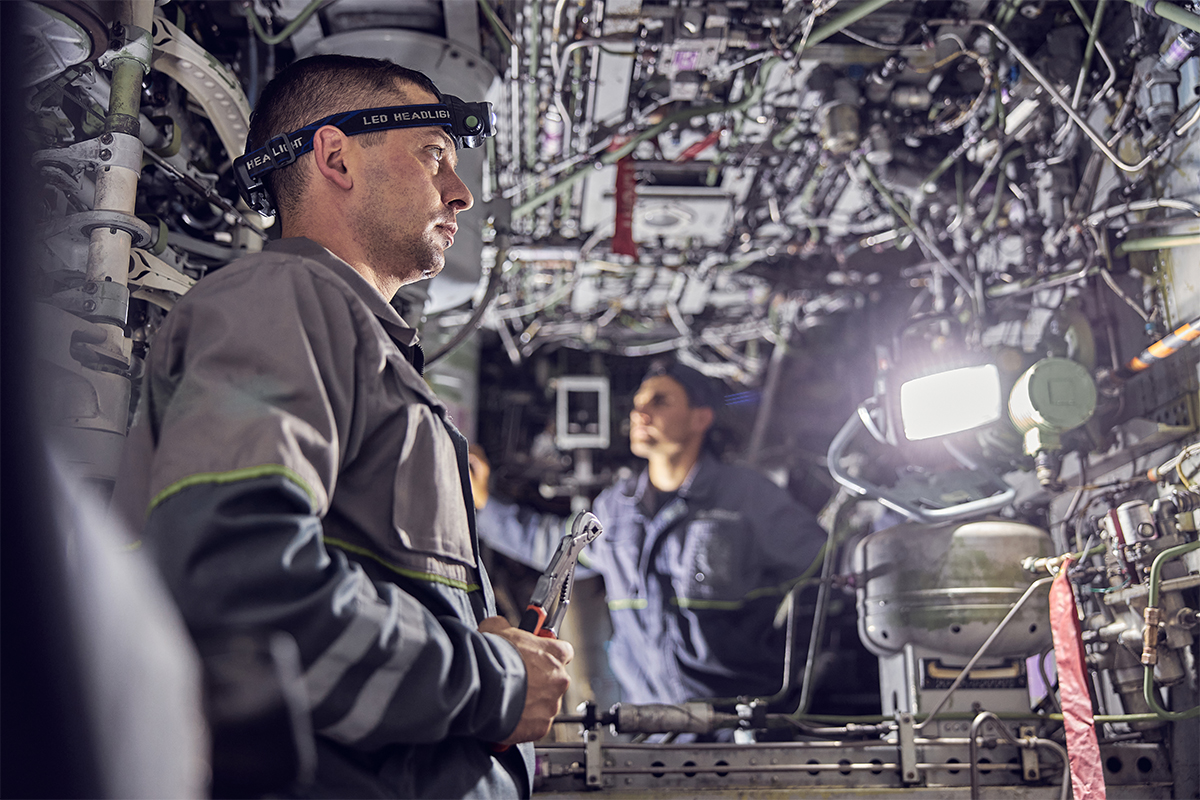
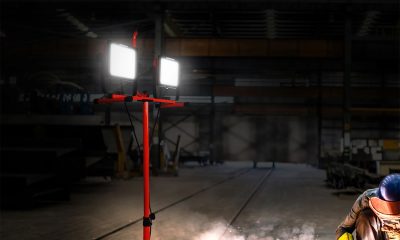
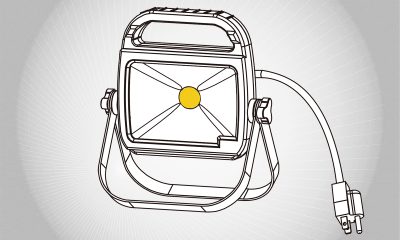

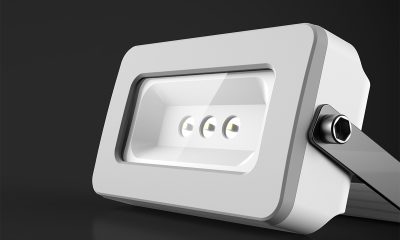
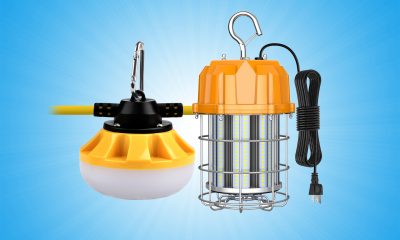
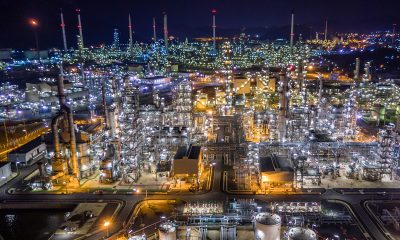
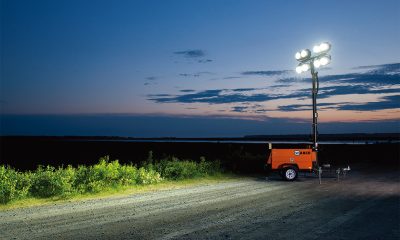
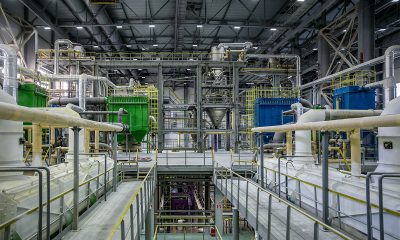
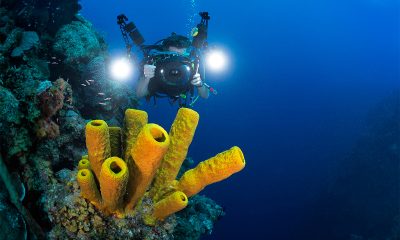

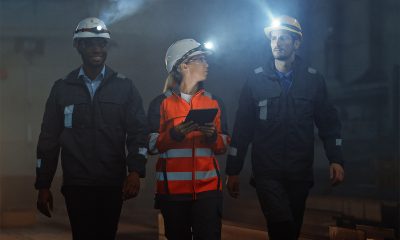





Loading...